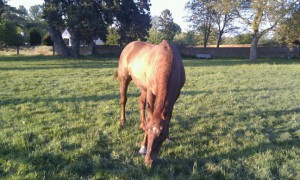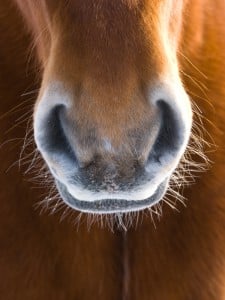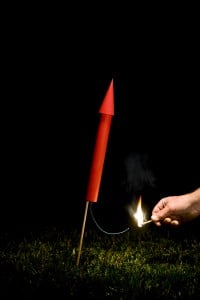- 2025
- 2024
- 2023
- 2022
- 2021
- 2020
- 2019
- 2018
- 2017
- 2016
- 2015

- Bespoke All-in-One™
-
Products
- Back
- Horse Joint Supplements
- Horse Digestion Supplements
- Horse Muscle Supplements
- Horse Vitamins & Minerals
- Horse Calming Supplements
-
Horse Respiratory Supplements
- Back
- Clarity®
- Horse Hoof Supplements
- Horse Skin & Coat Supplements
- Horse Health Supplements
- Supplements for Older Horses
- Horse Breeding Supplements
-
Horse Hormone Supplements
- Back
- Hormonease™
- Horse Treats
-
Herbs for Horses
- Back
- Boswellia
- Burdock Root
- Celery Seed
- Chamomile
- Chastetree Berry
- Cider Apple Vinegar
- Cinnamon
- Clivers
- Comfrey
- Dandelion Roots & Leaves
- Devil's Claw
- Echinacea
- Fenugreek Seeds
- Fussy Feeder
- Garlic Powder
- Hawthorn
- Hedge Herbs
- Liquorice
- Marigold Flowers
- Marshmallow Root
- Meadowsweet
- Milk Thistle Seeds
- Mint
- Nettle
- Rosehips
- Seaweed
- Slippery Elm
- Spirulina
- Turmeric
- Yucca
- Canine
- Gift Cards / Rewards
- ABOUT US
- Contact Us
- Knowledge base
-
Products
- Back
- Horse Joint Supplements
- Horse Digestion Supplements
- Horse Muscle Supplements
- Horse Vitamins & Minerals
- Horse Calming Supplements
-
Horse Respiratory Supplements
- Back
- Clarity®
- Horse Hoof Supplements
- Horse Skin & Coat Supplements
- Horse Health Supplements
- Supplements for Older Horses
- Horse Breeding Supplements
-
Horse Hormone Supplements
- Back
- Hormonease™
- Horse Treats
-
Herbs for Horses
- Back
- Boswellia
- Burdock Root
- Celery Seed
- Chamomile
- Chastetree Berry
- Cider Apple Vinegar
- Cinnamon
- Clivers
- Comfrey
- Dandelion Roots & Leaves
- Devil's Claw
- Echinacea
- Fenugreek Seeds
- Fussy Feeder
- Garlic Powder
- Hawthorn
- Hedge Herbs
- Liquorice
- Marigold Flowers
- Marshmallow Root
- Meadowsweet
- Milk Thistle Seeds
- Mint
- Nettle
- Rosehips
- Seaweed
- Slippery Elm
- Spirulina
- Turmeric
- Yucca
- Canine
- Gift Cards / Rewards
- ABOUT US
- Contact Us
- Knowledge base
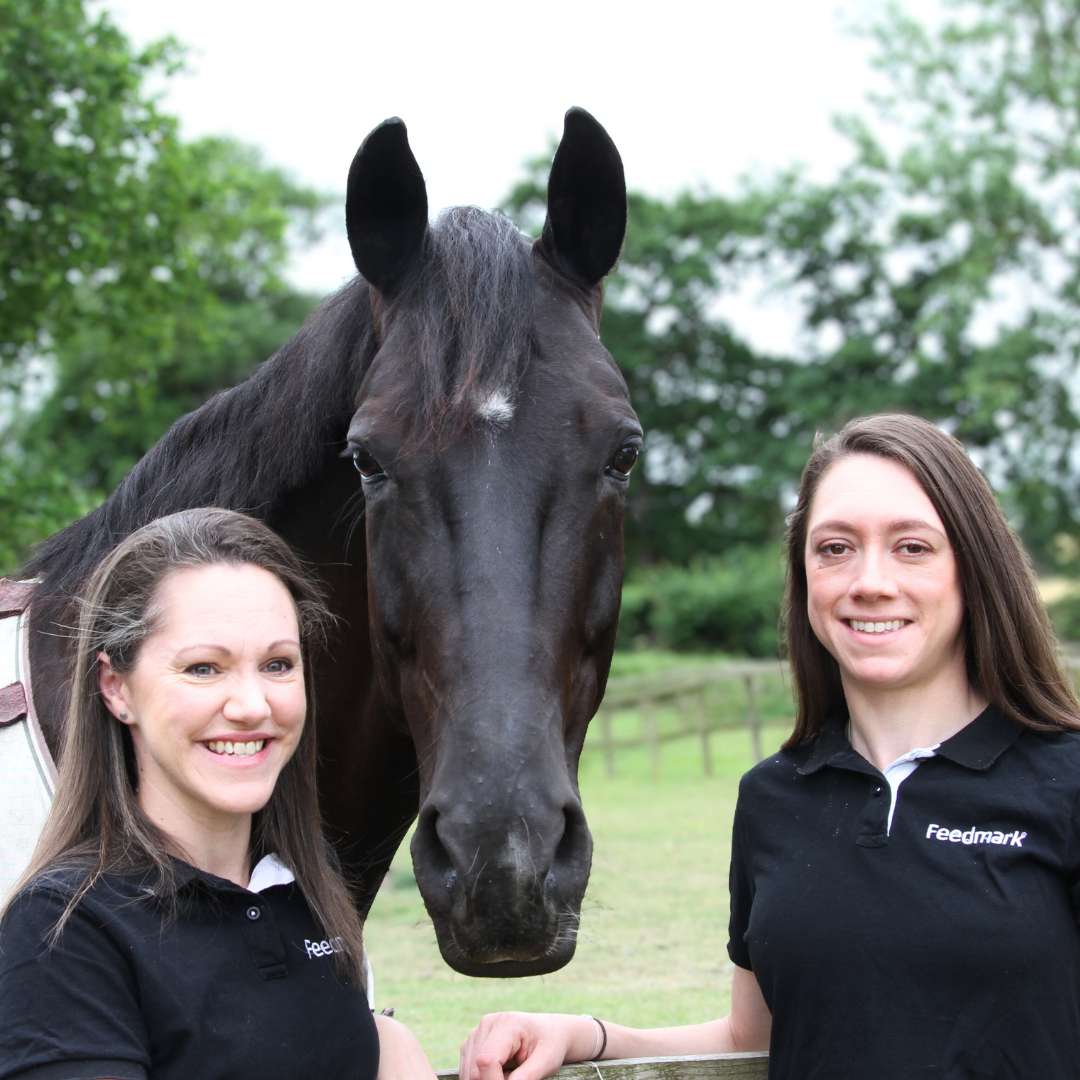 Call Stephanie Hyland MSc RNutr. or
Call Stephanie Hyland MSc RNutr. or
Sophie Pelham Burn MMedSci ANutr.
on 0800 585525 for
free qualified equine nutrition advice
Blog
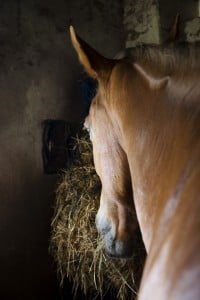 In the winter, adverse weather conditions often mean that horses have to live in more, stabled for the majority or even all of the day. Horses that spend so much time in the stable have greater exposure to dust particles, which are present in forage, bedding, dried mud, and scurfy coats. These parti...
In the winter, adverse weather conditions often mean that horses have to live in more, stabled for the majority or even all of the day. Horses that spend so much time in the stable have greater exposure to dust particles, which are present in forage, bedding, dried mud, and scurfy coats. These parti...
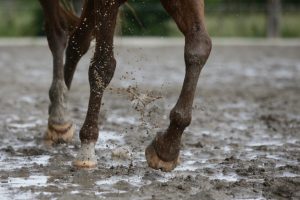 Bad weather, sodden fields and shorter daylight hours often mean that horses are confined to their stables for longer than usual over the winter months, and ensuring the horse has access to ample forage is essential to keep your horse happy and healthy through this. Horses are designed to trickle fe...
Bad weather, sodden fields and shorter daylight hours often mean that horses are confined to their stables for longer than usual over the winter months, and ensuring the horse has access to ample forage is essential to keep your horse happy and healthy through this. Horses are designed to trickle fe...
Has your horse got the winter blues? 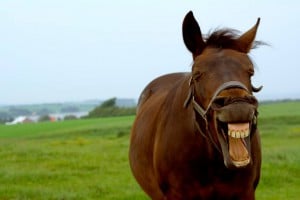 Wet, muddy conditions, lack of daylight hours and often less exercise can make the winter a difficult time for your horse, and just like humans, if their immune system gets compromised, they will end up feeling under the weather. The immune system is there to he...
Wet, muddy conditions, lack of daylight hours and often less exercise can make the winter a difficult time for your horse, and just like humans, if their immune system gets compromised, they will end up feeling under the weather. The immune system is there to he...
Winter is definitely here. In the UK endurance is seasonal, confined to the spring, summer and early autumn. Few of us are lucky enough to have horses to ride on the other side of the World so it is now a time to rest, review, plan and prepare. Watergate Endurance is no exception. The resting par...
Our fantastic 12 days of Christmas is back !
Starting today, Tuesday 1st December through until Saturday 12th December we are giving away a FREE gift with every online order of £40 or more! Gifts range from 5kg Clitheroes Garlic (worth £33.99), Steady Up Advance calmative (worth £39.99) 1.35...
 Wow – what a fantastic season. Of course our highlight was winning both Individual and Team Gold at the FEI Young Rider Europeans in Strzegom, Poland. Having won Individual Bronze a couple of years ago on Pioneer Silvie my experience of a championships was very positive. Although Livingstone II was ...
Wow – what a fantastic season. Of course our highlight was winning both Individual and Team Gold at the FEI Young Rider Europeans in Strzegom, Poland. Having won Individual Bronze a couple of years ago on Pioneer Silvie my experience of a championships was very positive. Although Livingstone II was ...
Winter is a time to keep a close watch on our horse’s respiratory health as changes to their management can cause problems. Winter requires many horses and ponies to spend more time in the stable or field shelter however research has shown that this stable environment contains greater air contami...
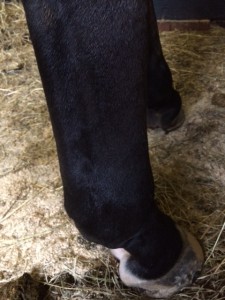 A: Filled legs are a common problem when your horse is stabled for longer than normal periods of time. This is often due to a collection of fluid, which would ordinarily be pumped around the horse’s body when the horse moves. When the horse’s movement is restricted, such as when confined to their st...
A: Filled legs are a common problem when your horse is stabled for longer than normal periods of time. This is often due to a collection of fluid, which would ordinarily be pumped around the horse’s body when the horse moves. When the horse’s movement is restricted, such as when confined to their st...
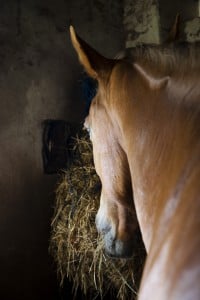 Q: My horse goes mad if he has to be stabled for more than a day- he becomes very angry and difficult to handle, is there anything I can do to help him when the weather is so bad he has to stay in? A: While some horses are happy living in, for other horses it can be very hard to...
Q: My horse goes mad if he has to be stabled for more than a day- he becomes very angry and difficult to handle, is there anything I can do to help him when the weather is so bad he has to stay in? A: While some horses are happy living in, for other horses it can be very hard to...
Horses are flight animals, and as such anything ou of the ordinary has the potential to cause an adverse reaction, making the horse distressed. This can be dangerous to the horse itself, to other horses and to the people around them. We are often able to desensitise our horse to a situation...
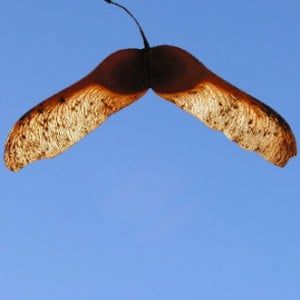 Over the past few years, there has been an increase of the amount of horses that have died from Seasonal Pasture Myopathy in the UK. Seasonal Pasture Myopathy is a disease caused by neurotoxins in sycamore seed trees, which are picked up by horses when grazing. These neurotoxins attack the horse’s c...
Over the past few years, there has been an increase of the amount of horses that have died from Seasonal Pasture Myopathy in the UK. Seasonal Pasture Myopathy is a disease caused by neurotoxins in sycamore seed trees, which are picked up by horses when grazing. These neurotoxins attack the horse’s c...
